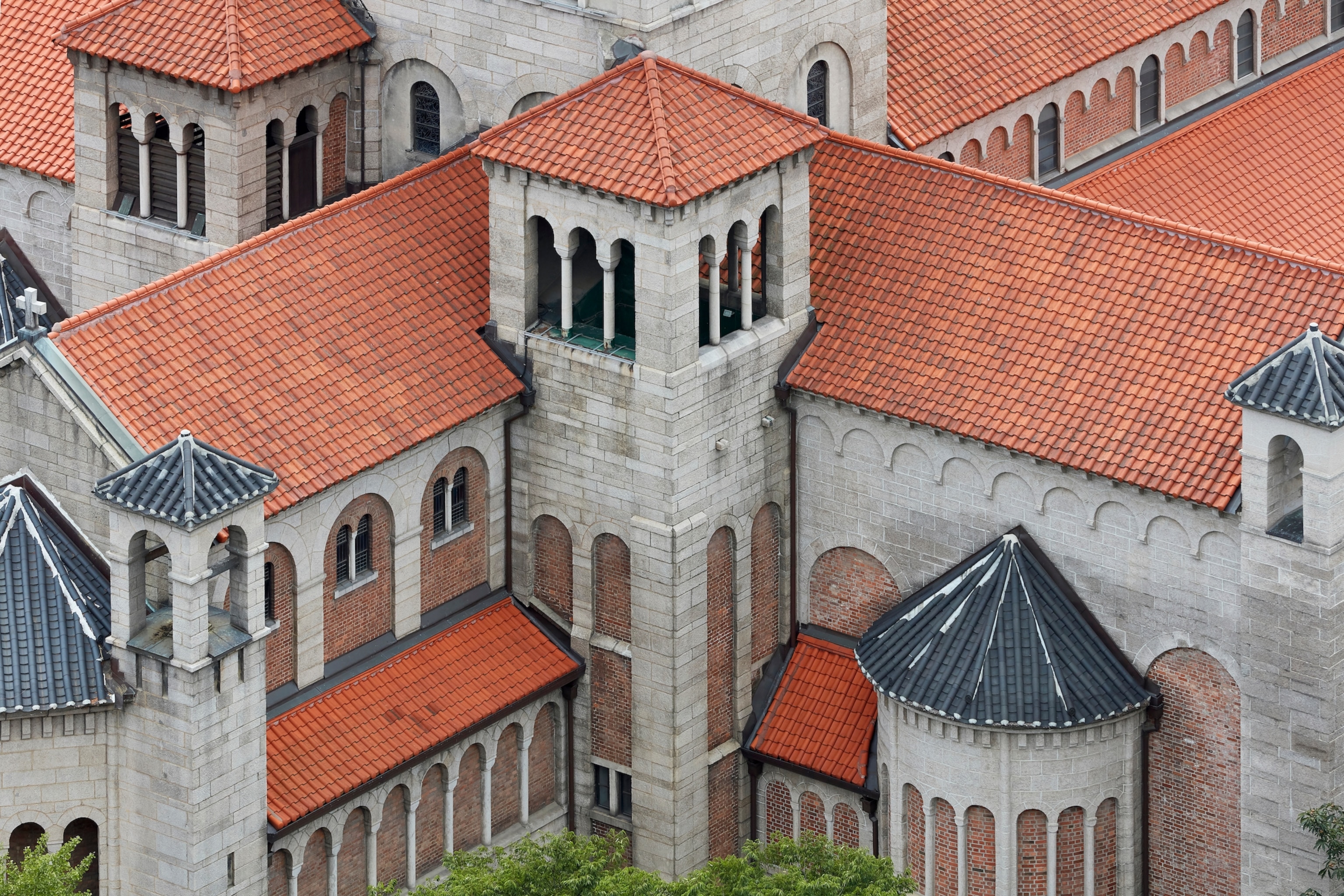
Travel a Path Unlike Any Other in South Korea
See the spiritual side of Seoul with this World Official Pilgrimage route now approved by the Vatican.
Seoul is a city that has become tremendously famous for its effect on pop culture in recent decades. This is understandable, seeing as it is the home of K-Pop, Korean Dramas, and delicious dishes like tteok-bokki and bibimbap. However, Seoul is also a city steeped in history, one that houses many important cultural and classical sites. Notably among these are the city’s Catholic places of worship.
In September 2013, the Roman Catholic Archdiocese of Seoul, along with the city of Seoul, created a 44.1km Catholic Pilgrimage Route (the Seoul Sullye-gil) to coincide with the Pope’s visit in 2014. Five years later, on September 14, 2018, it is set to be approved as a World Official Pilgrimage by the Vatican. The route isn’t designed solely for Catholics, however, as it gives anyone interested in history a chance to explore Old Seoul, many of its most spiritual settings, and some other interesting cultural and commercial attractions along the way.
For the avid traveler looking for something new, we’ve prepared a quick guide on three of the “courses” you can take when following this newly appreciated, alternative tourist route.
Course 1 (8.7km) – Stand in the Birthplace of Korea’s Catholic Community
The first course of the Seoul Sullye-gil begins at the Myeongdong Cathedral, the birthplace of the Korean Catholic community, also known as ‘Camino de Seosomun.’
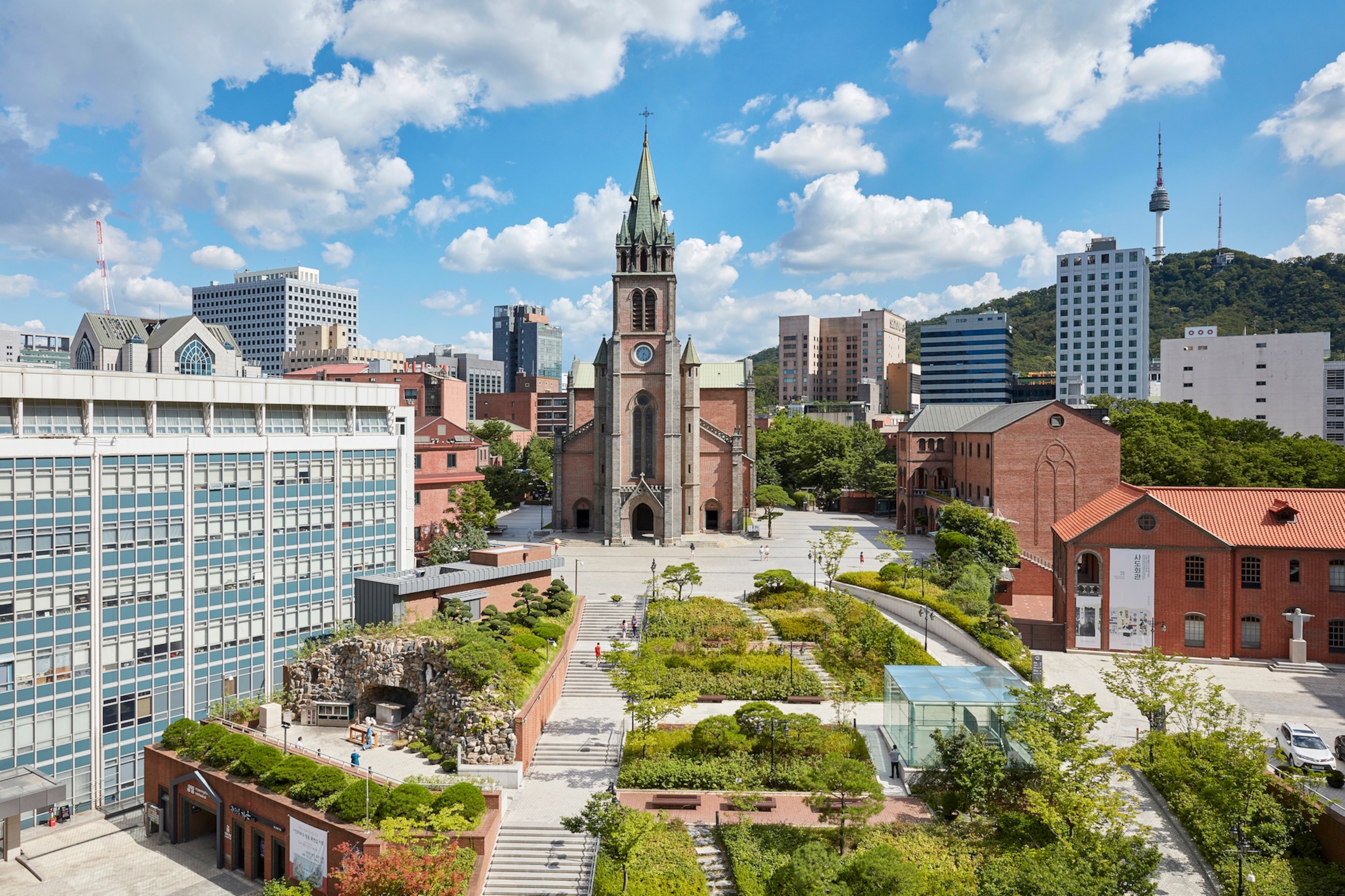
The Cathedral was once the tallest building in the capital, an awe-inspiring sight for the populace that has stood the test of time. The cathedral’s doors are open to all visitors, regardless of religion, and everyone is welcome to attend evening mass at the cathedral. The interior of the cathedral is quite a sight as well, cleverly mixing classical architecture and oil paintings with more modern sermon-serving devices like flat screen TVs.

Another significant stop along the course is the site of Yi Byeok, where the Korean Catholic Church was officially established in 1784.
(Six of the best hiking trails in Seoul)
The course also takes you through the Catholic University of Korea. Founded in 1855, it’s one of the oldest university in the country. It’s also still in use today.
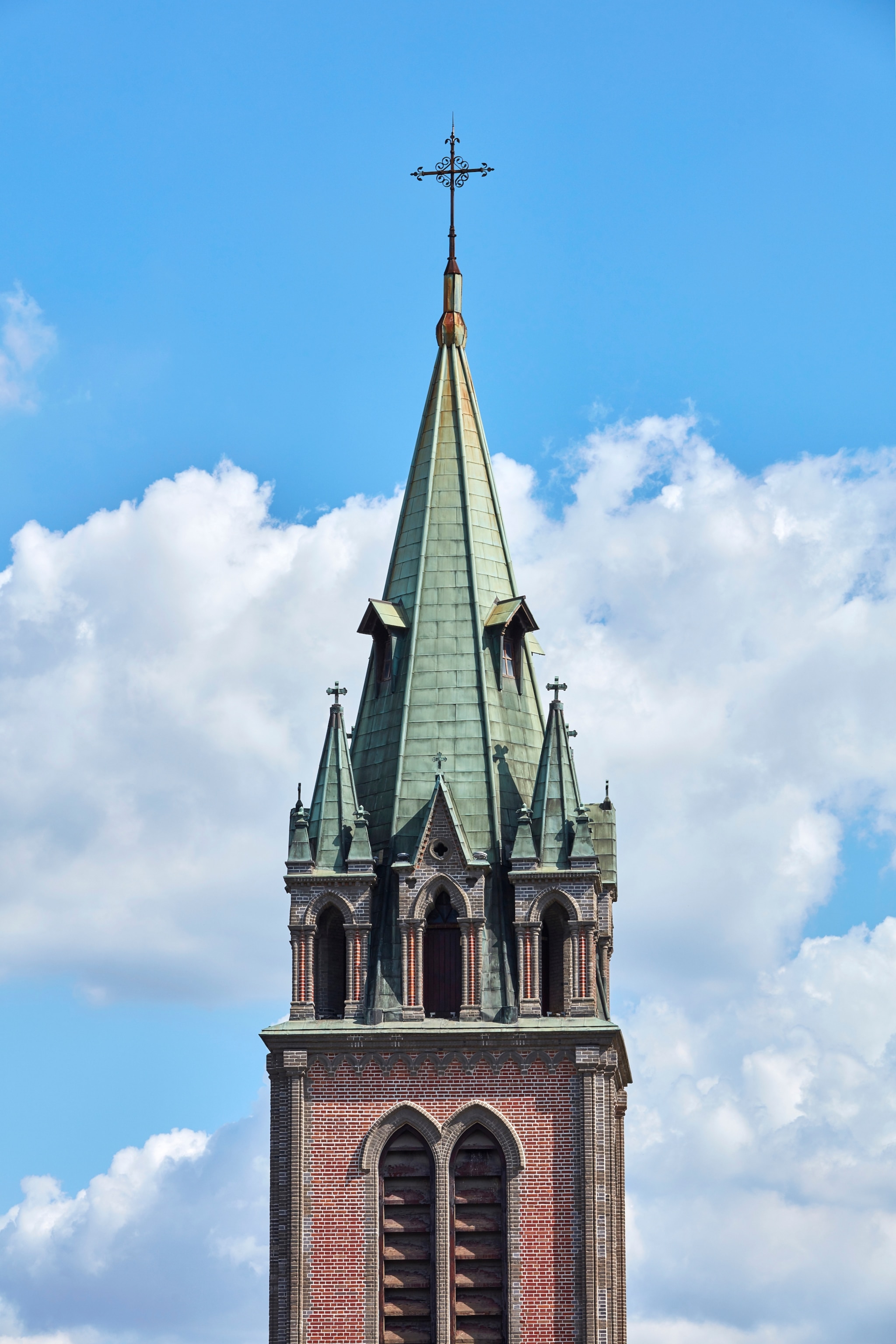
Other notable areas also worth exploring include Kim Beom-u’s House, Jongo Catholic Church, the Fortress wall of Seoul, Changgyeonggung, Bukchon Hanok Village, Gahoedong Catholic Church, and the site of the Jwapodocheong.
Course 2 (5.9km) – Pay Your Respects at Korea’s Largest Martyr’s Shrine
The second course starts at Gye-dong, home of the Gahoe-dong Catholic Church, and the place where Korea’s first mass was held.
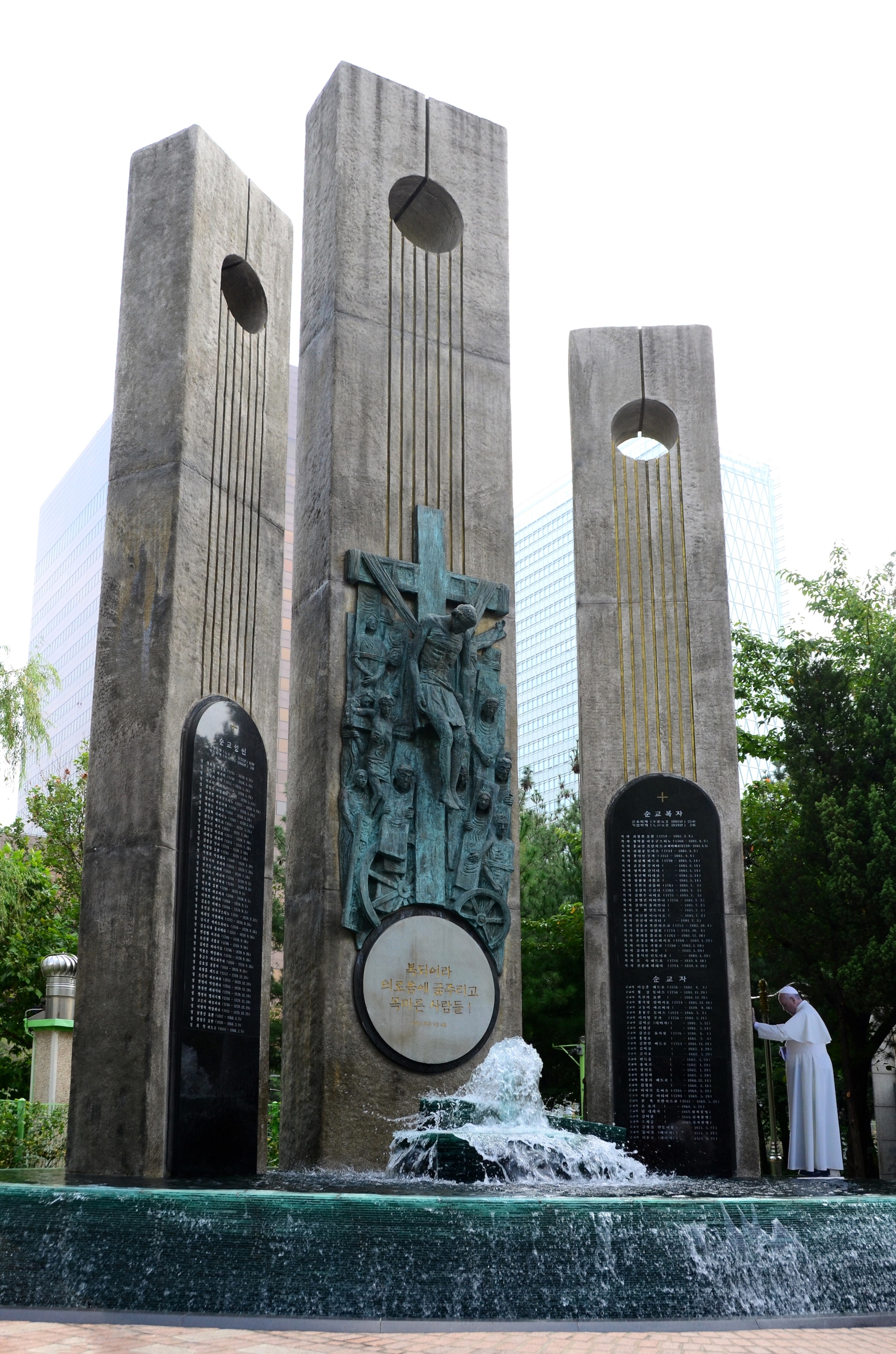
The most memorable area of the second course, however, is also a solemn reminder of harder times: Seosomun Historical Park. Though it is now surrounded by lush greenery, the park is also the largest martyrs’ site in Korea, where over 100 Catholics were executed, along with other famous dissenters who rebelled against the government and popular ideology of the day.
Other notable areas also worth exploring include Gyeongbokgung, Gwanghwamun Beatification Site, Hyeongjo, Gyeonggi Gamyeong, and the site of the Woopodocheong.
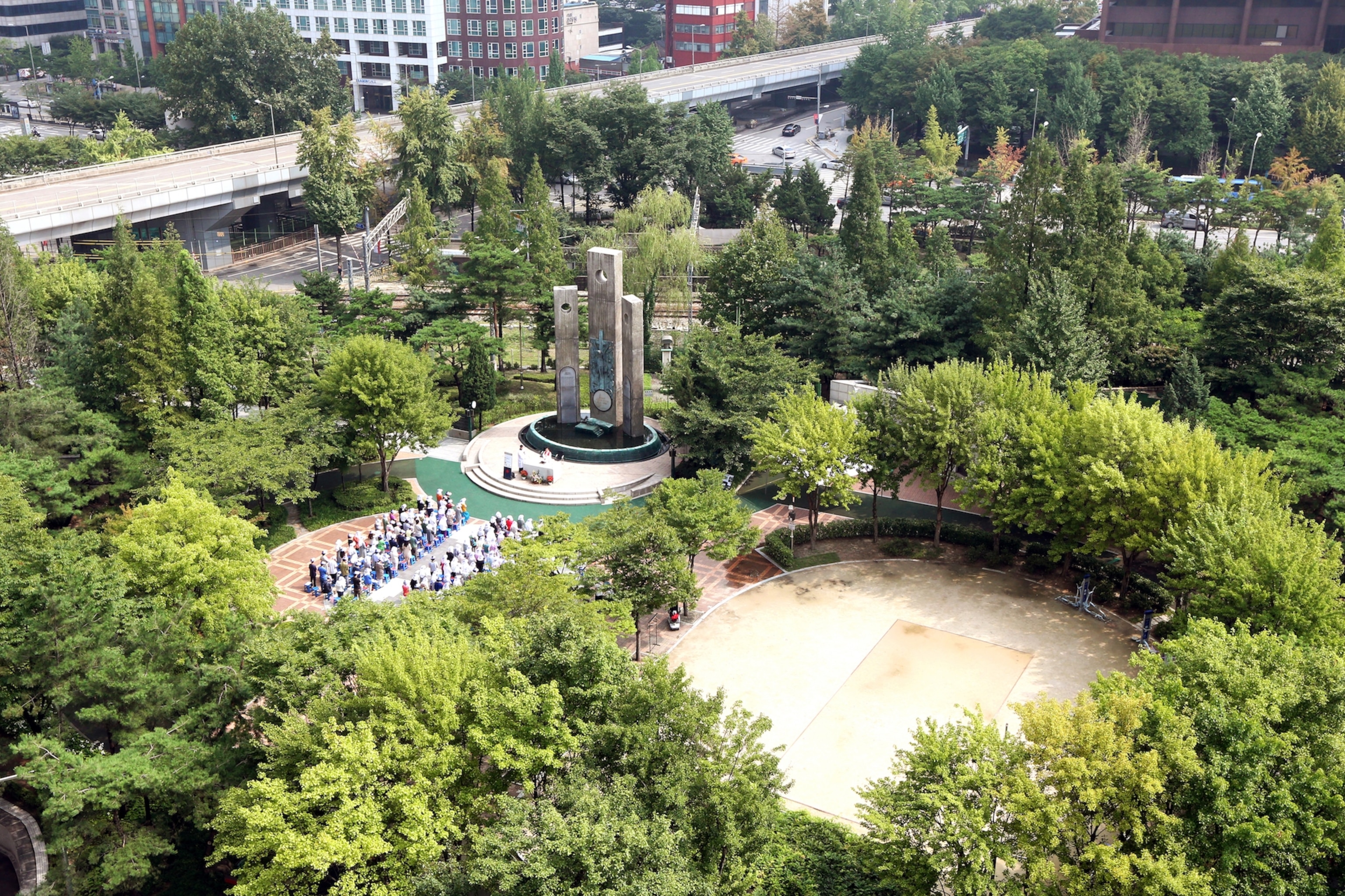
Course 3 (29.5km) – Take in the Sight of Korea’s First Gothic Cathedral
The final course of the Seoul Sullye-gil opens at Yakhyeon Catholic Church, which is located on the hills looking over the Seosomun martyrs’ site, previously mentioned. Established in 1892, it was the country’s first Western style Gothic cathedral, with a brick architecture that was a stark contrast to earlier hanok-style structures.
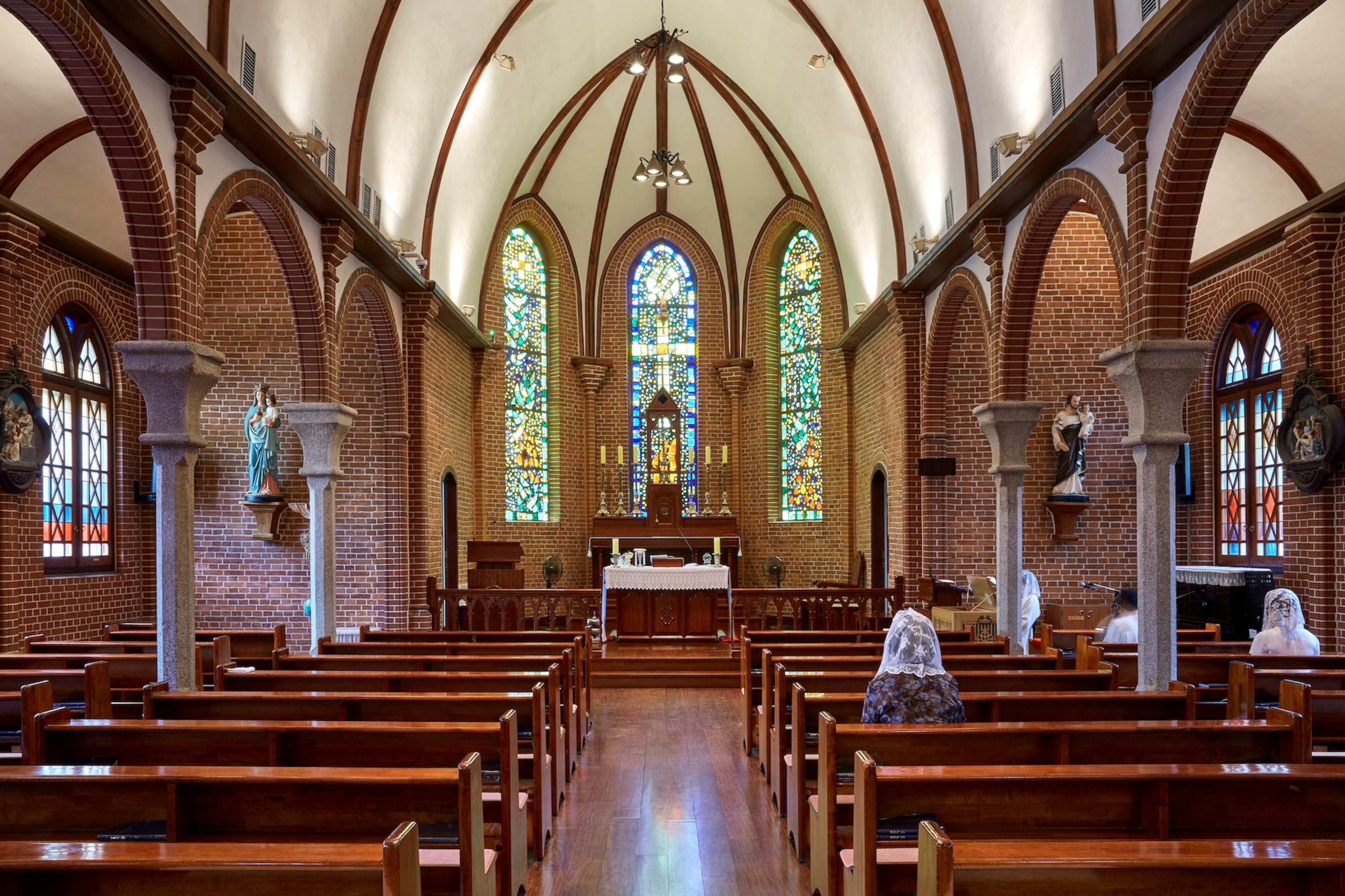
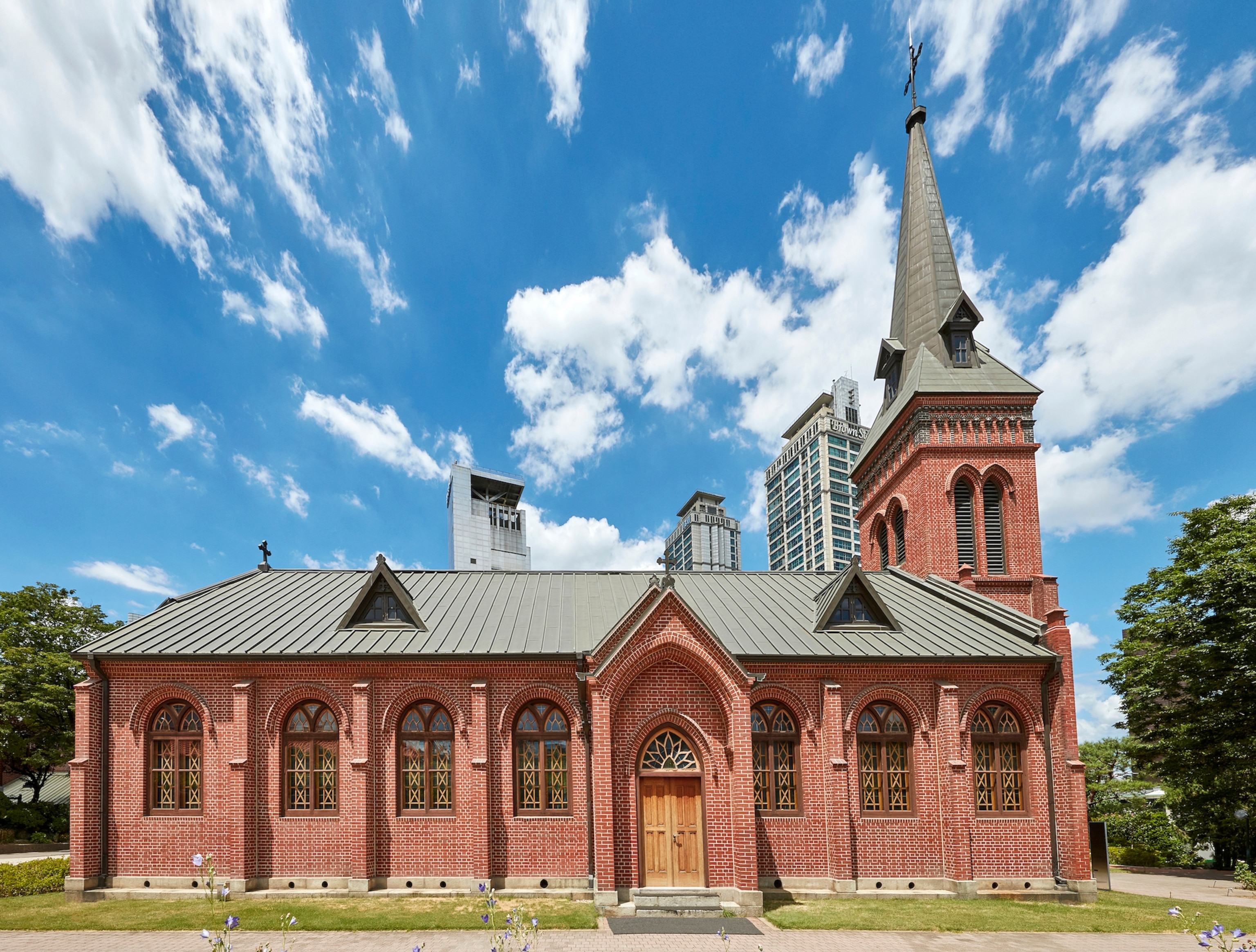
Following this route will also take you past the Danggogae martyr’s shrine of 1839. This calm and tranquil site helps you remember the past and appreciate the future, with stunning views of the city.
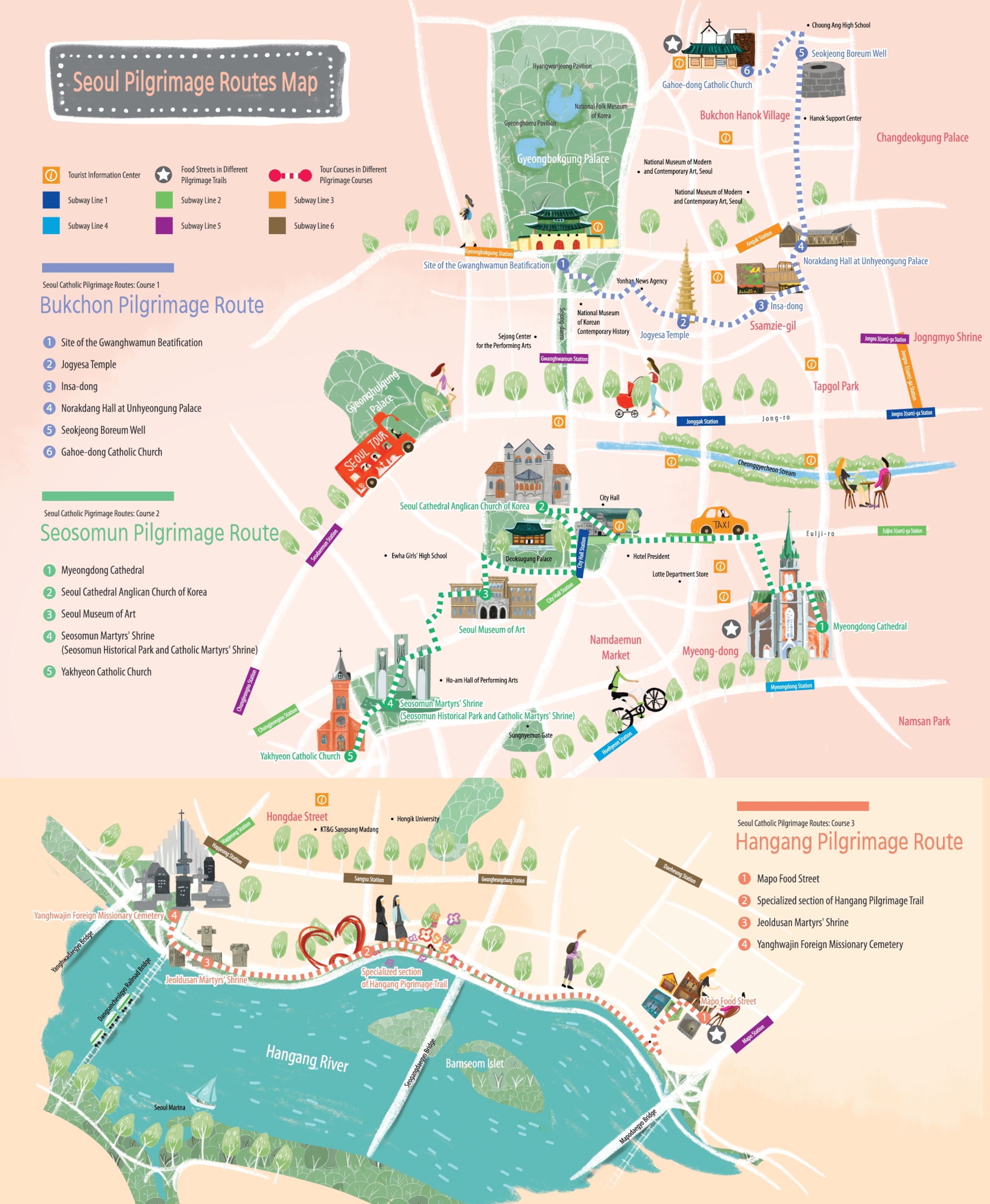
Beyond the Catholic Trail: Other Landmarks to Visit
While the Seoul Sullye-gil may focus on sites that are of great significance to the Catholic community it’s important to note that it also puts you within a short distance of many other interesting areas.
Visit the Anglican Cathedral of Seoul, which boasts low and thick Romanesque pillars. Its distinctive architecture sets it apart from all other buildings in the vicinity and is a memorable landmark. The Changdeokgung Palace is another Joseon-era construct. It is a UNESCO World Heritage Site famous for its garden.

Hyochang Park covers 122,245 square meters and formerly housed royal tombs. The tombs are also the resting place of some of the country’s greatest contemporary leaders, such as Lee Bong-chang.
Gwangjang Market is a great place to stop by to get access to local accessories, clothes, and delicious Korean street food. The Jongmyo Shrine is a royal place of worship from the Joseon Dynasty, which is also a UNESCO World Heritage Site.
Then, swing by Seoul City Wall, an ancient wall that was erected in 1396 to protect the city from its enemies. It spans more than 18km in length and is around 7m-8m high. The Seoul Museum of History is also an interesting landmark, where one can delve deeper into the rich history of the Korean capital.




